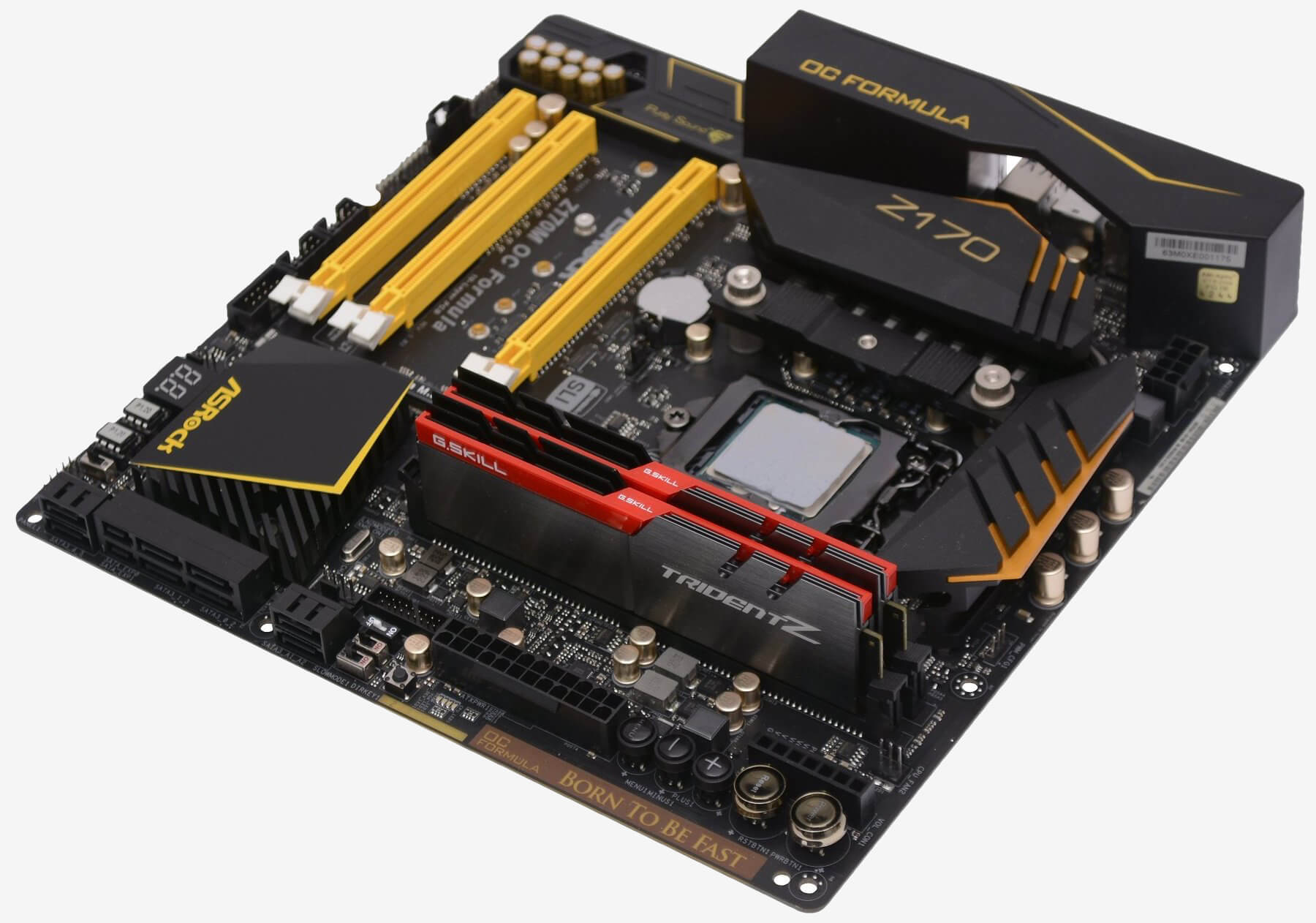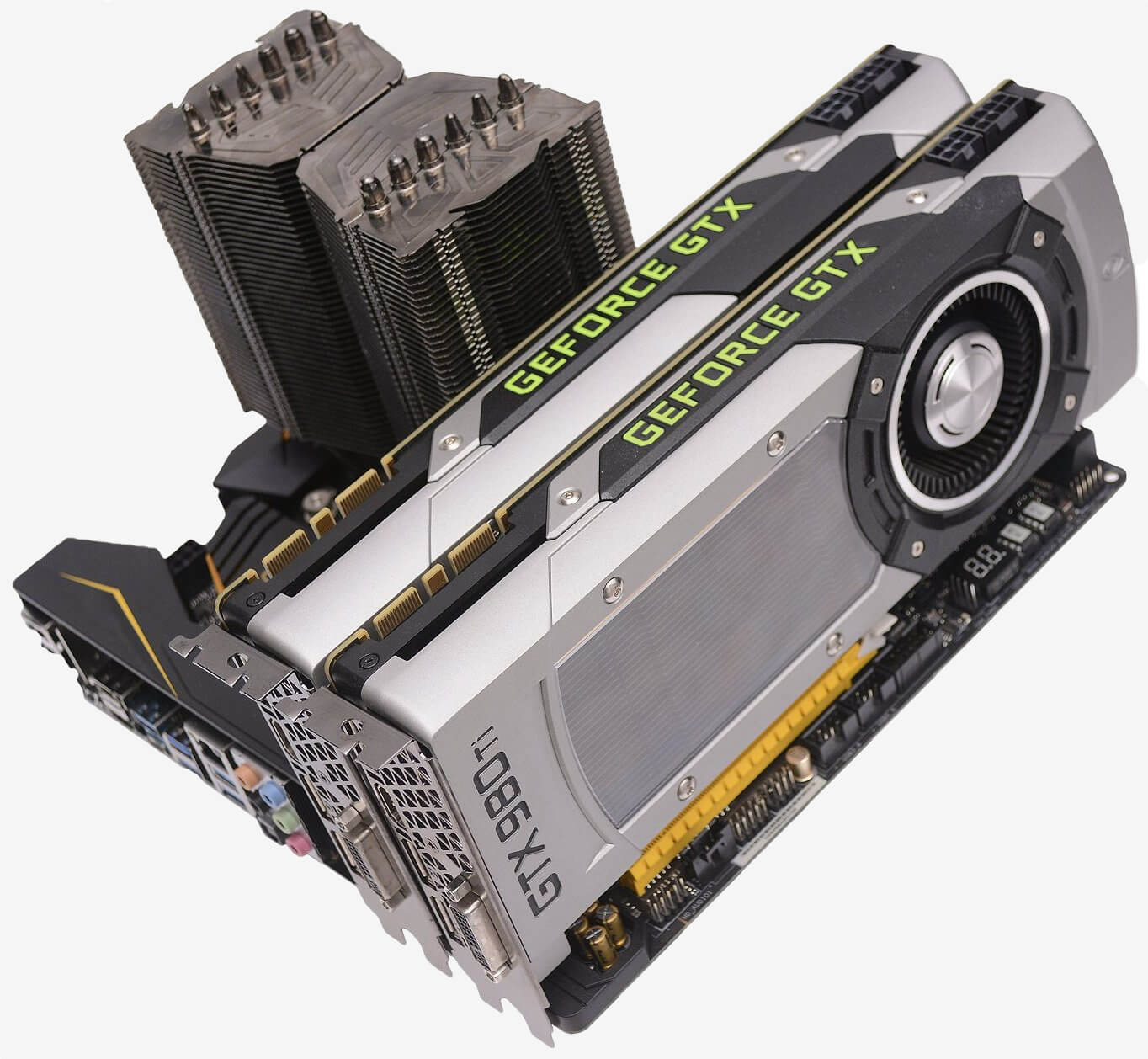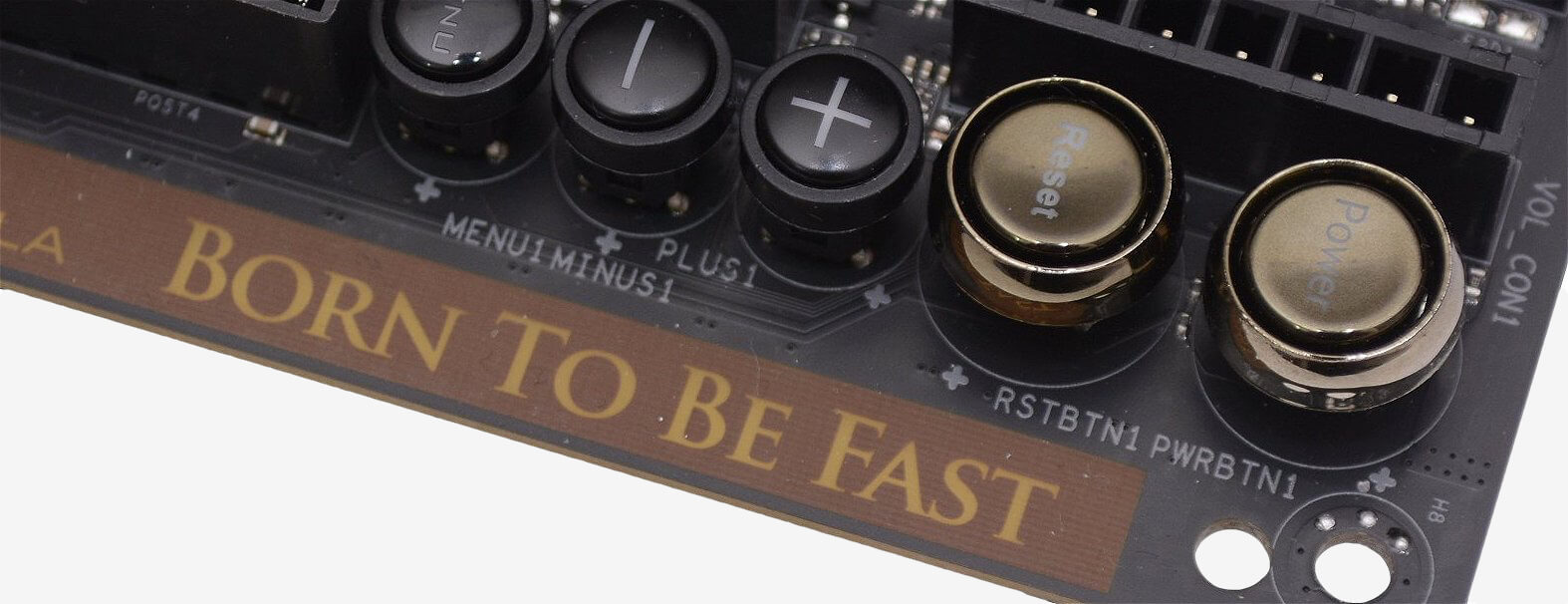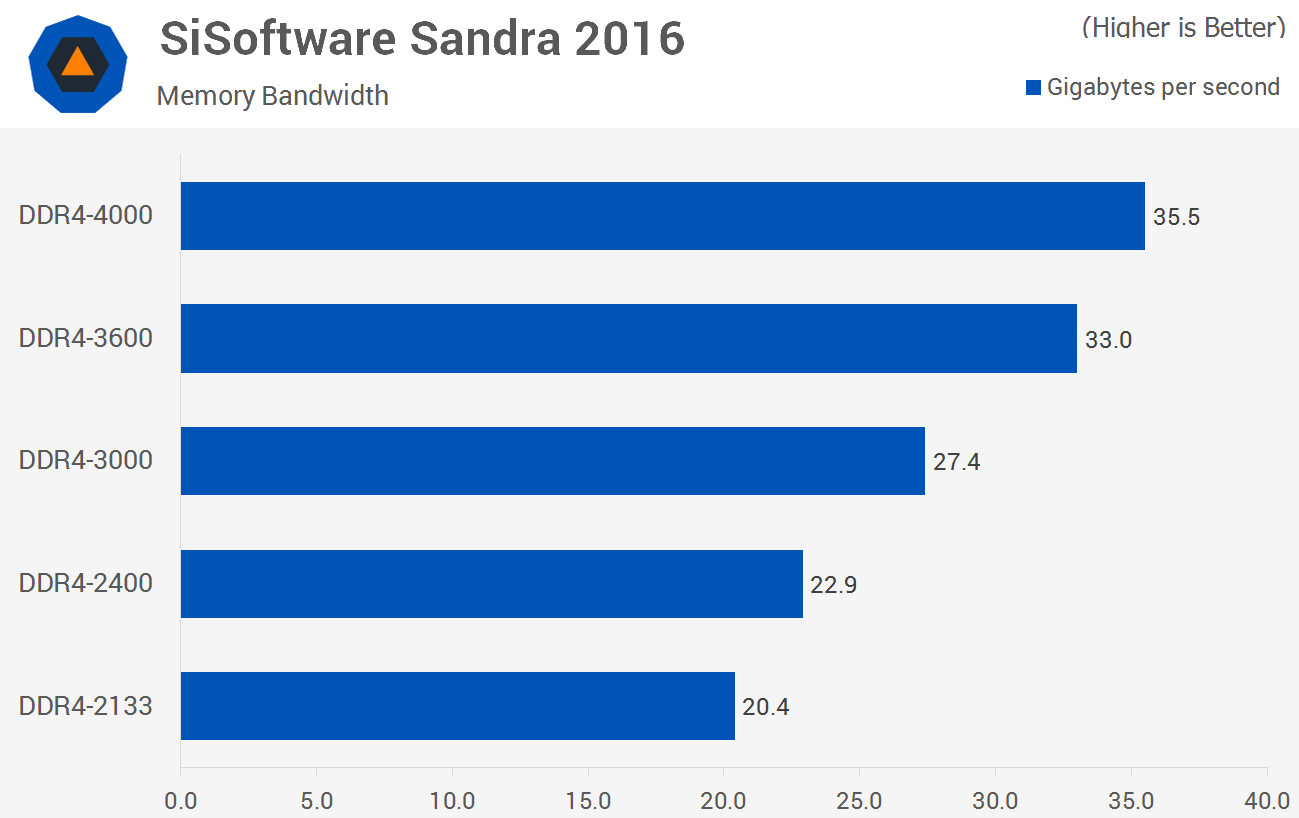Normally I don't pay much attention to e-mails that hit my inbox from manufacturers claiming that a certain motherboard can Watch Ignite Vol. 3 Onlineoverclock a Skylake Core i7 processor the highest, or that they have claimed the 3DMark record. They are in my mind boring marketing tactics that mean little to nothing to the consumer.
Last month I received one such e-mail from Asrock that nonetheless caught my attention. It claimed their Z170M OC Formula was the only motherboard to support G.Skill's Trident Z DDR4-4333 modules. Initially I thought, how useful is that? Are there even any benefits from running DDR4 memory on the LGA1151 platform that high?
For the most part we test using DDR4-3000, as it occasionally shows some benefits over the more typical 2400 and 2666 speeds. Going to 4000 MT/s (2000MHz) and beyond is a massive increase in frequency (and cost) and I struggled to imagine where this would be useful, particularly when gaming. Then again, curiosity had gotten the better of me...

So I asked Asrock to kindly send along one of their Z170M OC Formula motherboards. Disappointingly, G.Skill didn't have any DDR4-4333 memory available and a month later we are yet to see any go on sale, so this news report is appearing more and more like a marketing exercise.
However, G.Skill did come back and say they could provide an 8GB kit of their DDR4-4000 memory which is available for purchase. It isn't the record setting DDR4-4333 memory, but at 4000 MT/s it doesn't fall far short and will certainly give us a clear indication of whether or not this kind of high frequency memory holds any merit.

Currently there are a few DDR4-4000 memory kits available from the likes of G.Skill, Corsair and GeIL. Of those G.Skill's TridentZ modules appear to be capable of the best timings at 19-21-21-41 vs. 19-23-23-45 from Corsair, while the GeIL kits are even slacker at 19-25-25-45.
For testing we'll be using a few select applications and games comparing the Core i7-6700K at various memory speeds ranging from 2133 MT/s up to 4000 MT/s. Helping to maximize gaming performance will be a pair of GeForce GTX 980 Ti graphics cards, if they aren't able to exploit the potential of DDR4-4000 we fear nothing will be able to. With that said, let's get down to business.

|

Starting at DDR4-2133 we see a throughput of just 20.4GB/s which isn't bad but less than what we were seeing from the Haswell processors out of the box. Increasing the memory frequency to 2400 MT/s boosted the memory bandwidth by 12% to 22.9GB/s which is typically what we were first seeing from the Haswell processors.
Going from 2400 MT/s to 3000 MT/s , the speed which we regularly test at, boosted the memory bandwidth by another 20% to 27.4GB/s. Surprisingly taking the next step to 3600 MT/s boosted performance significantly yet again, this time by another 20% as we hit 33GB/s. Final stop at DDR4-4000 saw the memory bandwidth reach 35.5GB/s making it 8% faster than the 3600 MT/s configuration. While theoretical, the first benchmark shows some promise, shall we go real-world?
(Editor: {typename type="name"/})
 NYT Strands hints, answers for May 2
NYT Strands hints, answers for May 2
 YouTuber Connor Franta's clothing line is headed to Urban Outfitters
YouTuber Connor Franta's clothing line is headed to Urban Outfitters
 Harlem Globetrotters break 9 world records with incredible trick shots
Harlem Globetrotters break 9 world records with incredible trick shots
 Rogue founder slams lack of MLG Vegas invite: 'Pretty damn ridiculous'
Rogue founder slams lack of MLG Vegas invite: 'Pretty damn ridiculous'
One of Android's Easter Eggs is a Flappy Bird
Leonardo DiCaprio visited a Scottish cafe and nobody could cope
 Remember when George Clooney paid a visit to Scotland last year and everybody lost their minds?Well,
...[Details]
Remember when George Clooney paid a visit to Scotland last year and everybody lost their minds?Well,
...[Details]
This humanitarian tells us how to stay real when you're Instagram famous
 Turia Pitt is hilarious. She loves a laugh. And when she speaks, people listen. And it's not just
...[Details]
Turia Pitt is hilarious. She loves a laugh. And when she speaks, people listen. And it's not just
...[Details]
Mike Pence gets quite the icy welcome at 'Hamilton'
 Turns out Vice President-elect Mike Pence also wanted to see the hit Broadway show Hamilton. But the
...[Details]
Turns out Vice President-elect Mike Pence also wanted to see the hit Broadway show Hamilton. But the
...[Details]
Best headphone deal: Take 22% off the Sonos Ace at Amazon
 SAVE $100:The Sonos Ace headphones are on sale for $349 at Amazon, down from the list price of $449.
...[Details]
SAVE $100:The Sonos Ace headphones are on sale for $349 at Amazon, down from the list price of $449.
...[Details]
These hilarious dad stories will make your day
 When it comes to getting irrationally angry about random things, dads are in a league of their own.S
...[Details]
When it comes to getting irrationally angry about random things, dads are in a league of their own.S
...[Details]
Muslim man verbally harassed in Starbucks shares harrowing experience online
 Racism ran rampant at a Starbucks in Midtown Manhattan earlier this week.On Tuesday, 22-year-old pho
...[Details]
Racism ran rampant at a Starbucks in Midtown Manhattan earlier this week.On Tuesday, 22-year-old pho
...[Details]
What do your cereal and Monsanto herbicide have in common? This chemical.
 Dozens of classic snack foods, from Doritos and Cheerios to Oreos and Fritos, may contain traces of
...[Details]
Dozens of classic snack foods, from Doritos and Cheerios to Oreos and Fritos, may contain traces of
...[Details]
Amazon Book Sale: Shop early deals now
 Best early Amazon Book Sale deals: Best Kindle deal
...[Details]
Best early Amazon Book Sale deals: Best Kindle deal
...[Details]
When Pikachu visits Mashable, all work predictably stops
 What happens when the Pokémon turn the tables and catch us?It was just a normal Wednesday whe
...[Details]
What happens when the Pokémon turn the tables and catch us?It was just a normal Wednesday whe
...[Details]
Best Kindle Unlimited deal: Get 3 months of Kindle Unlimited for 99 cents

More than 190 countries just subtweeted Trump on global warming

接受PR>=1、BR>=1,流量相当,内容相关类链接。